Advanced techniques for efficient cleaning
In the fast-paced world of facility management and professional cleaning services, efficiency is key. Efficient cleaning not only saves time and resources but also ensures a higher standard of cleanliness, which is crucial for maintaining healthy and safe environments. This blog post explores advanced techniques that can significantly enhance cleaning efficiency, providing valuable insights for cleaning companies, facility managers, and industry professionals.
Importance of Advanced Cleaning Techniques
Advanced cleaning techniques are essential for achieving superior results in less time. These methods leverage the latest technology and scientific understanding to optimize cleaning processes, reduce waste, and improve overall service quality. By adopting these techniques, cleaning professionals can meet the increasing demands for cleanliness and hygiene in various settings, from commercial buildings to healthcare facilities.
Understanding Cleaning Science
Cleaning is fundamentally a chemical process. Understanding the interaction between cleaning agents and different types of dirt or contaminants is crucial for selecting the right products and methods. This involves knowledge of pH levels, surfactants, and solvents, which can break down and remove various soils effectively.
The physical aspects of cleaning involve the mechanical action required to remove dirt. This includes understanding the role of friction, pressure, and temperature in cleaning processes. By optimizing these physical factors, cleaning tasks can be performed more efficiently and effectively.
Advanced Cleaning Tools and Equipment
Modern vacuum cleaners equipped with HEPA filters and advanced suction technology can capture more dust and allergens, improving air quality and reducing cleaning time. These machines are essential for maintaining high standards of cleanliness in large facilities.
Robotic cleaners are revolutionizing the cleaning industry by automating routine tasks. These devices can operate independently, covering large areas with precision and consistency, thus freeing up human resources for more complex tasks.
With growing environmental concerns, the use of eco-friendly cleaning agents is becoming increasingly important. These products are designed to minimize environmental impact while maintaining high cleaning efficacy, making them a preferred choice for sustainable cleaning operations.
Innovative Cleaning Methods
Microfiber cloths and mops are highly effective at trapping dirt and bacteria, reducing the need for chemical cleaners. Their durability and efficiency make them a staple in modern cleaning practices.
Steam cleaning uses high-temperature steam to sanitize surfaces without the need for harsh chemicals. This method is particularly effective for deep cleaning and disinfecting areas prone to germs and bacteria.
Electrostatic disinfection involves spraying an electrostatically charged mist onto surfaces, ensuring even coverage and effective germ elimination. This technique is ideal for large spaces and high-touch areas, providing a thorough and efficient cleaning solution.
Training and Skill Development
Continuous training is vital for keeping cleaning staff updated with the latest techniques and technologies. Regular training sessions ensure that employees are skilled and knowledgeable, leading to improved performance and service quality.
Developing structured training programs that focus on both theoretical knowledge and practical skills can significantly enhance the capabilities of cleaning staff. These programs should be tailored to the specific needs of the facility and updated regularly to incorporate new advancements in the industry.
Monitoring and Quality Control
Establishing clear cleaning standards is essential for maintaining consistency and quality. These standards should be based on industry best practices and tailored to the specific requirements of the facility.
Technology plays a crucial role in monitoring and ensuring quality control in cleaning operations. Tools such as digital checklists, inspection apps, and IoT devices can provide real-time data and feedback, helping managers to identify areas for improvement and ensure compliance with established standards.

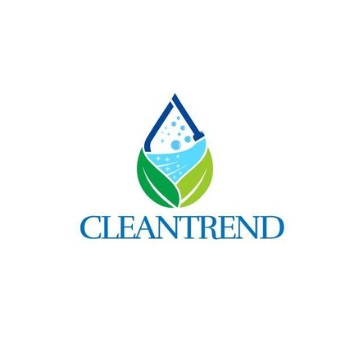
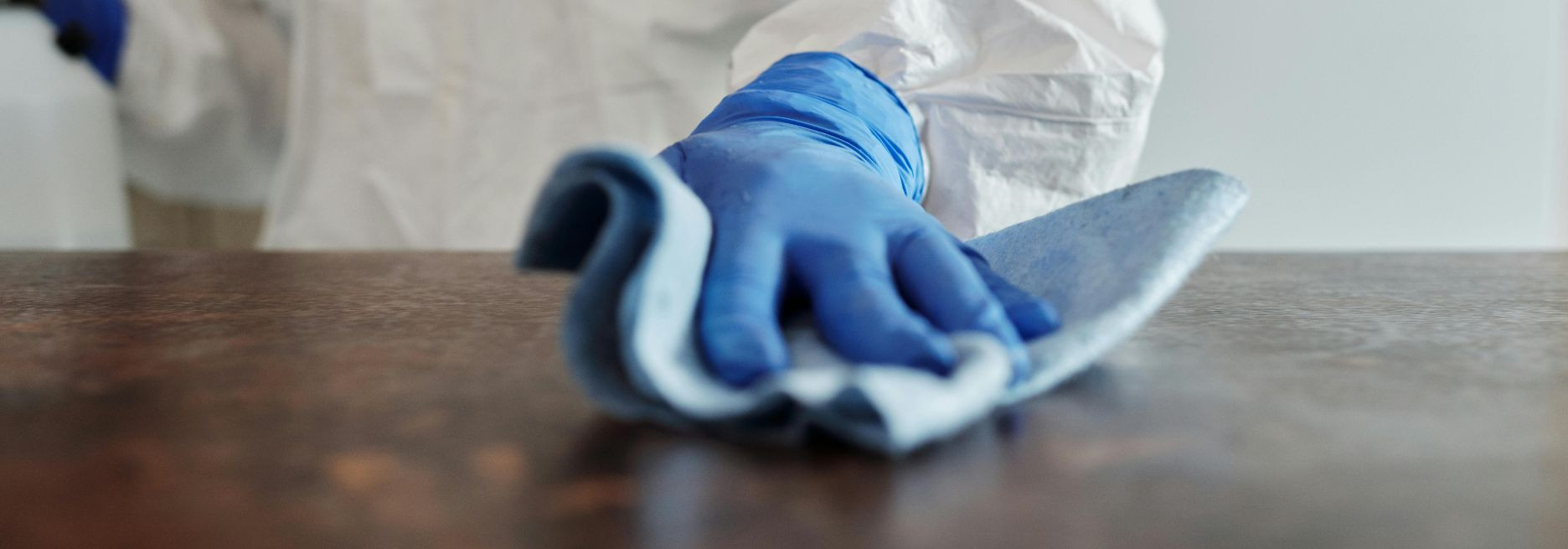

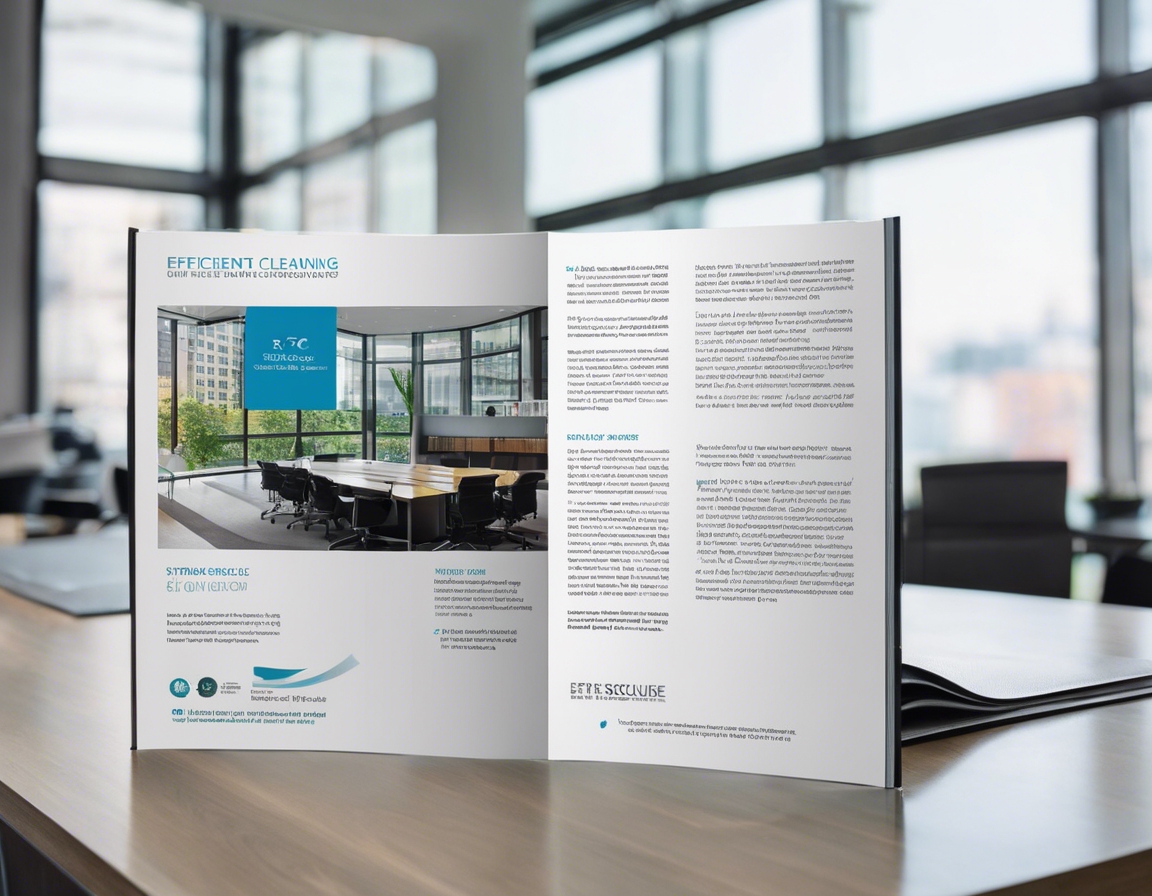
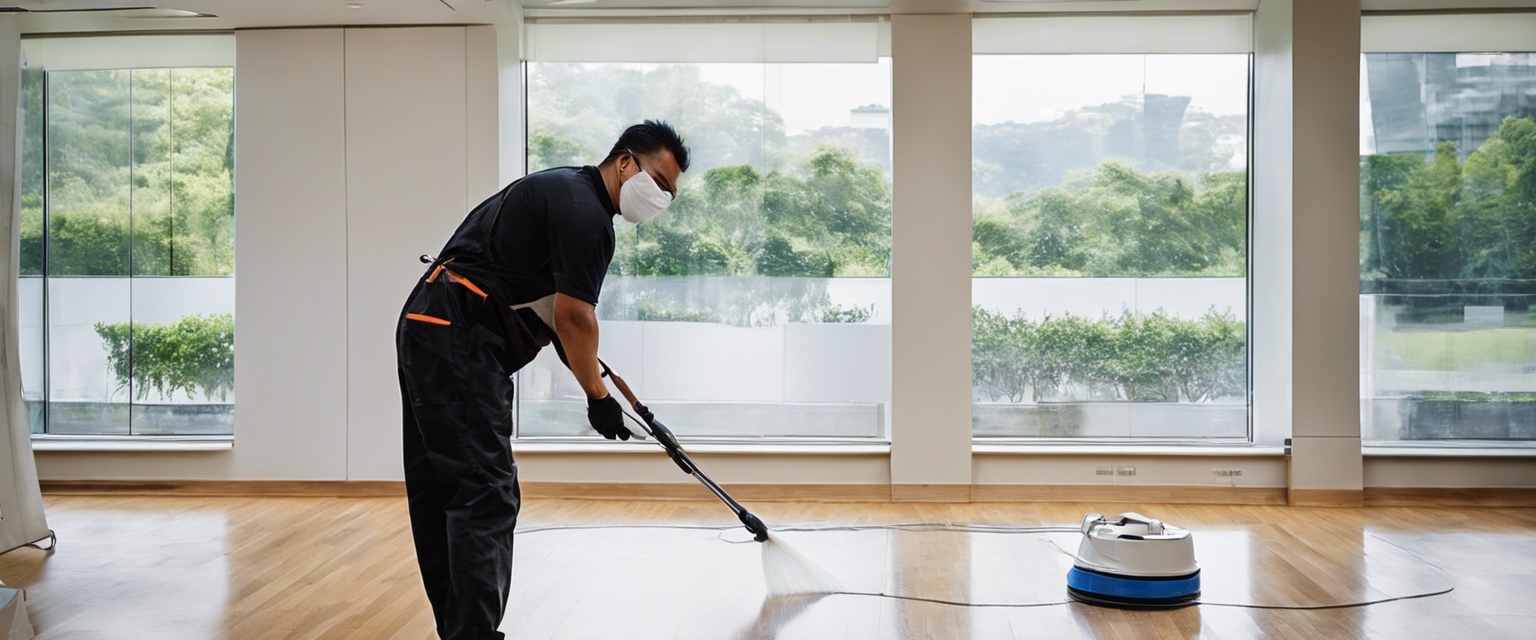
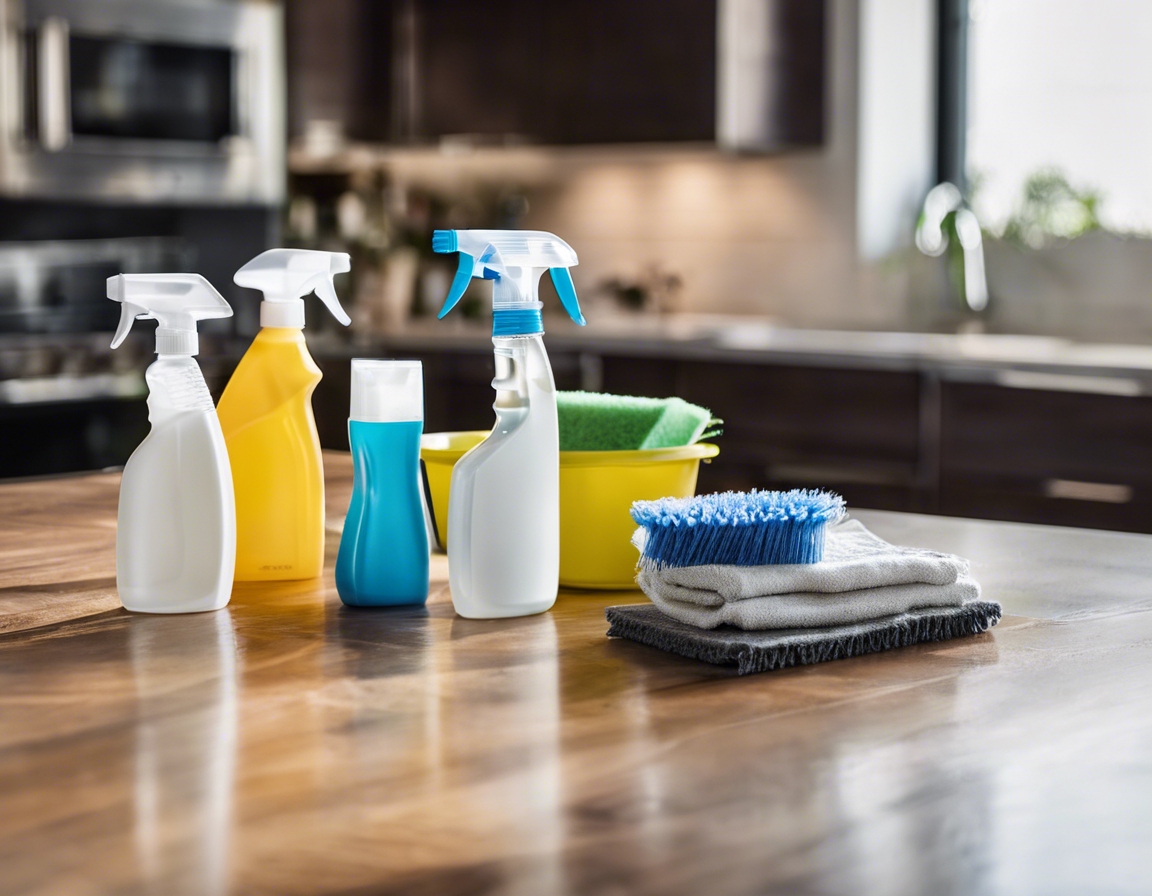

Comments (0)